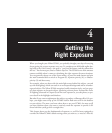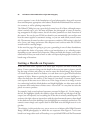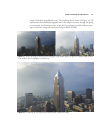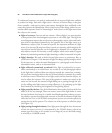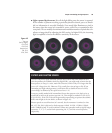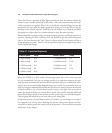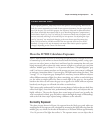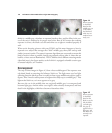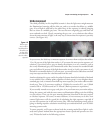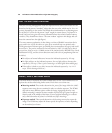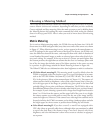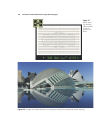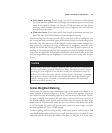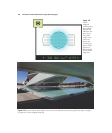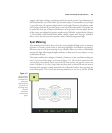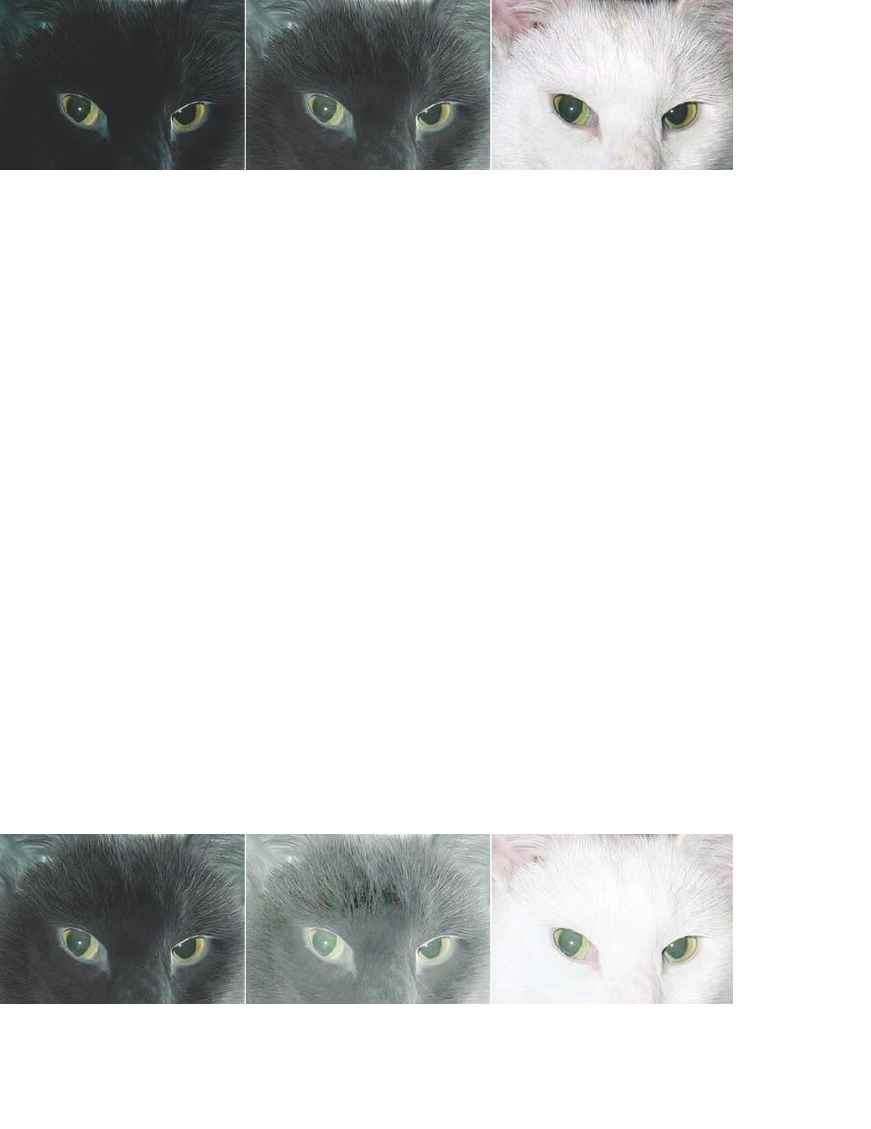
David Busch’s Nikon D7000 Guide to Digital SLR Photography102
Figure 4.4
When exposure
is calculated
based on the
middle-gray cat
in the center,
the black and
white cats are
rendered accu-
rately, too.
thinks is a middle gray, calculates an exposure based on that, and the feline in the cen-
ter of the strip is rendered at its proper tonal value. Best of all, because the resulting
exposure is correct, the black cat at left and white cat at right are rendered properly as
well.
When you’re shooting pictures with your D7000, and the meter happens to base its
exposure on a subject that averages that “ideal” middle gray, then you’ll end up with
similar (accurate) results. The camera’s exposure algorithms are concocted to ensure this
kind of result as often as possible, barring any unusual subjects (that is, those that are
backlit, or have uneven illumination). The D7000 has three different metering modes
(described next), plus Scene modes, each of which is equipped to handle certain types
of unusual subjects, as I’ll outline.
Overexposed
The strip of three images in Figure 4.5 show what would happen if the exposure were
calculated based on metering the leftmost, black cat. The light meter sees less light
reflecting from the black cat than it would see from a gray middle-tone subject, and so
figures, “Aha! I need to add exposure to brighten this subject up to a middle gray!” That
lightens the black cat, so it now appears to be gray.
But now the cat in the middle that was originally middle gray is overexposed and
becomes light gray. And the white cat at right is now seriously overexposed, and loses
detail in the highlights, which have become a featureless white.
Figure 4.5
When exposure
is calculated
based on the
black cat at the
left, the black
cat looks gray,
the gray cat
appears to be a
light gray, and
the white cat is
seriously over-
exposed.




